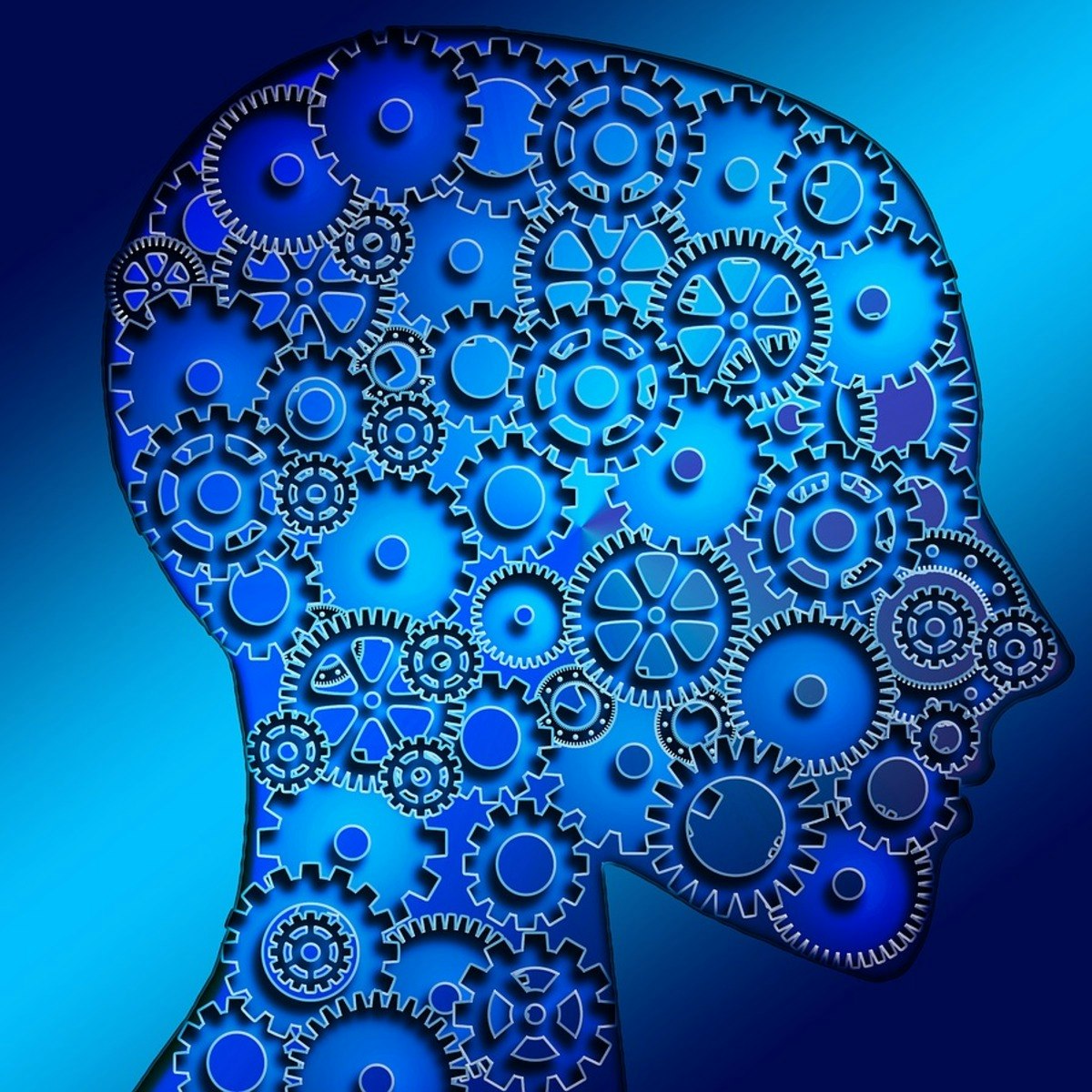Back to Courses









Data Science Courses - Page 79
Showing results 781-790 of 1407

Visualization for Data Journalism
While telling stories with data has been part of the news practice since its earliest days, it is in the midst of a renaissance. Graphics desks which used to be deemed as “the art department,” a subfield outside the work of newsrooms, are becoming a core part of newsrooms’ operation. Those people (they often have various titles: data journalists, news artists, graphic reporters, developers, etc.) who design news graphics are expected to be full-fledged journalists and work closely with reporters and editors. The purpose of this class is to learn how to think about the visual presentation of data, how and why it works, and how to doit the right way. We will learn how to make graphs like The New York Times, Vox, Pew, and FiveThirtyEight. In the end, you can share–embed your beautiful charts in publications, blog posts, and websites.
This course assumes you understand basic coding skills, preferably Python. However, we also provide a brief review on Python in Module 1, in case you want to refresh yourself on the basics and perform simple data analysis.

Cyber Security in Manufacturing
The nature of digital manufacturing and design (DM&D), and its heavy reliance on creating a digital thread of product and process data and information, makes it a prime target for hackers and counterfeiters. This course will introduce students to why creating a strong and secure infrastructure should be of paramount concern for anyone operating in the DM&D domain, and measures that can be employed to protect operational technologies, systems and resources.
Acquire knowledge about security needs and the application of information security systems. Build the foundational skills needed in performing a risk assessment of operational and information technology assets. Gain valuable insights of implementing controls to mitigate identified risks.
Main concepts of this course will be delivered through lectures, readings, discussions and various videos.
This is the seventh course in the Digital Manufacturing & Design Technology specialization that explores the many facets of manufacturing’s “Fourth Revolution,” aka Industry 4.0, and features a culminating project involving creation of a roadmap to achieve a self-established DMD-related professional goal. To learn more about the Digital Manufacturing and Design Technology specialization, please watch the overview video by copying and pasting the following link into your web browser: https://youtu.be/wETK1O9c-CA
Using Data for Geographic Mapping and Forecasting in SAS Visual Analytics
In this course, you learn about the data structure needed for geographic mapping and forecasting, how to use SAS Data Studio to restructure data for analysis, and how to create geo maps and forecasts in SAS Visual Analytics.

Machine Learning: Regression
Case Study - Predicting Housing Prices
In our first case study, predicting house prices, you will create models that predict a continuous value (price) from input features (square footage, number of bedrooms and bathrooms,...). This is just one of the many places where regression can be applied. Other applications range from predicting health outcomes in medicine, stock prices in finance, and power usage in high-performance computing, to analyzing which regulators are important for gene expression.
In this course, you will explore regularized linear regression models for the task of prediction and feature selection. You will be able to handle very large sets of features and select between models of various complexity. You will also analyze the impact of aspects of your data -- such as outliers -- on your selected models and predictions. To fit these models, you will implement optimization algorithms that scale to large datasets.
Learning Outcomes: By the end of this course, you will be able to:
-Describe the input and output of a regression model.
-Compare and contrast bias and variance when modeling data.
-Estimate model parameters using optimization algorithms.
-Tune parameters with cross validation.
-Analyze the performance of the model.
-Describe the notion of sparsity and how LASSO leads to sparse solutions.
-Deploy methods to select between models.
-Exploit the model to form predictions.
-Build a regression model to predict prices using a housing dataset.
-Implement these techniques in Python.

Serverless Data Processing with Dataflow: Operations
In the last installment of the Dataflow course series, we will introduce the components of the Dataflow operational model. We will examine tools and techniques for troubleshooting and optimizing pipeline performance. We will then review testing, deployment, and reliability best practices for Dataflow pipelines. We will conclude with a review of Templates, which makes it easy to scale Dataflow pipelines to organizations with hundreds of users. These lessons will help ensure that your data platform is stable and resilient to unanticipated circumstances.

Machine Learning Modeling Pipelines in Production
In the third course of Machine Learning Engineering for Production Specialization, you will build models for different serving environments; implement tools and techniques to effectively manage your modeling resources and best serve offline and online inference requests; and use analytics tools and performance metrics to address model fairness, explainability issues, and mitigate bottlenecks.
Understanding machine learning and deep learning concepts is essential, but if you’re looking to build an effective AI career, you need production engineering capabilities as well. Machine learning engineering for production combines the foundational concepts of machine learning with the functional expertise of modern software development and engineering roles to help you develop production-ready skills.
Week 1: Neural Architecture Search
Week 2: Model Resource Management Techniques
Week 3: High-Performance Modeling
Week 4: Model Analysis
Week 5: Interpretability
Machine Learning with Python
Get ready to dive into the world of Machine Learning (ML) by using Python! This course is for you whether you want to advance your Data Science career or get started in Machine Learning and Deep Learning.
This course will begin with a gentle introduction to Machine Learning and what it is, with topics like supervised vs unsupervised learning, linear & non-linear regression, simple regression and more.
You will then dive into classification techniques using different classification algorithms, namely K-Nearest Neighbors (KNN), decision trees, and Logistic Regression. You’ll also learn about the importance and different types of clustering such as k-means, hierarchical clustering, and DBSCAN.
With all the many concepts you will learn, a big emphasis will be placed on hands-on learning. You will work with Python libraries like SciPy and scikit-learn and apply your knowledge through labs. In the final project you will demonstrate your skills by building, evaluating and comparing several Machine Learning models using different algorithms.
By the end of this course, you will have job ready skills to add to your resume and a certificate in machine learning to prove your competency.

Modeling Risk and Realities
Useful quantitative models help you to make informed decisions both in situations in which the factors affecting your decision are clear, as well as in situations in which some important factors are not clear at all. In this course, you can learn how to create quantitative models to reflect complex realities, and how to include in your model elements of risk and uncertainty. You’ll also learn the methods for creating predictive models for identifying optimal choices; and how those choices change in response to changes in the model’s assumptions. You’ll also learn the basics of the measurement and management of risk. By the end of this course, you’ll be able to build your own models with your own data, so that you can begin making data-informed decisions. You’ll also be prepared for the next course in the Specialization.

Assisting Public Sector Decision Makers With Policy Analysis
Develop data analysis skills that support public sector decision-makers by performing policy analysis through all phases of the policymaking process. You will learn how to apply data analysis techniques to the core public sector principles of efficiency, effectiveness, and equity. Through authentic case studies and data sets, you will develop analytical skills commonly used to analyze and assess policies and programs, including policy options analysis, microsimulation modeling, and research designs for program and policy evaluation. You will also learn intermediate technical skills, such as Chi-squared tests and contingency tables, comparing samples through t-tests and ANOVA, applying Tukey's honest significant difference to correct for multiple tests, understanding p-values, and visualizing simulations of statistical functions to help answer questions policymakers ask such as “What should we do?” and “Did it work?” In addition, you will practice statistical testing and create ggplot visuals for two real-world datasets using the R programming language.
All coursework is completed in RStudio in Coursera without the need to install additional software.
This is the third of four courses within the Data Analytics in the Public Sector with R Specialization. The series is ideal for current or early career professionals working in the public sector looking to gain skills in analyzing public data effectively. It is also ideal for current data analytics professionals or students looking to enter the public sector.

Design Strategies for Maximizing Total Data Quality
By the end of this third course in the Total Data Quality Specialization, learners will be able to:
1. Learn about design tools and techniques for maximizing TDQ across all stages of the TDQ framework during a data collection or a data gathering process.
2. Identify aspects of the data generating or data gathering process that impact TDQ and be able to assess whether and how such aspects can be measured.
3. Understand TDQ maximization strategies that can be applied when gathering designed and found/organic data.
4. Develop solutions to hypothetical design problems arising during the process of data collection or data gathering and processing.
This specialization as a whole aims to explore the Total Data Quality framework in depth and provide learners with more information about the detailed evaluation of total data quality that needs to happen prior to data analysis. The goal is for learners to incorporate evaluations of data quality into their process as a critical component for all projects. We sincerely hope to disseminate knowledge about total data quality to all learners, such as data scientists and quantitative analysts, who have not had sufficient training in the initial steps of the data science process that focus on data collection and evaluation of data quality. We feel that extensive knowledge of data science techniques and statistical analysis procedures will not help a quantitative research study if the data collected/gathered are not of sufficiently high quality.
This specialization will focus on the essential first steps in any type of scientific investigation using data: either generating or gathering data, understanding where the data come from, evaluating the quality of the data, and taking steps to maximize the quality of the data prior to performing any kind of statistical analysis or applying data science techniques to answer research questions. Given this focus, there will be little material on the analysis of data, which is covered in myriad existing Coursera specializations. The primary focus of this specialization will be on understanding and maximizing data quality prior to analysis.
Popular Internships and Jobs by Categories
Find Jobs & Internships
Browse
© 2024 BoostGrad | All rights reserved